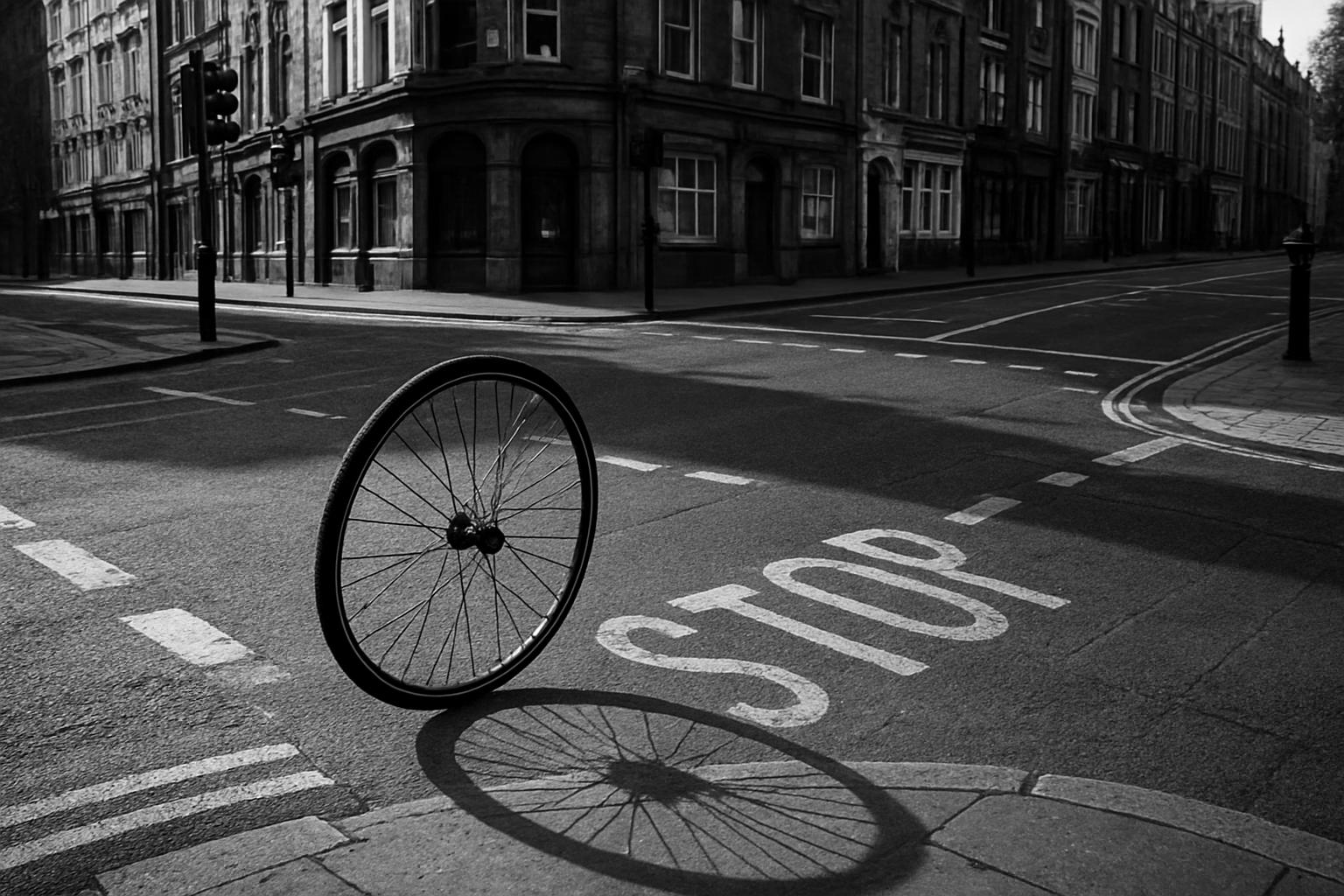Cyclists in London are increasingly causing concern as they hit a record high in pedestrian injuries and continue to flout traffic rules, particularly red-light violations. Official figures from the Department for Transport indicate that in 2024, there were 603 reported accidents involving cyclists that resulted in pedestrian injuries, up from 507 the previous year. The rise in incidents on pavements and at zebra crossings is particularly alarming, with 321 cases recorded—a nine per cent increase from 2023. Tragically, two pedestrians lost their lives in collisions with cyclists during 2024.
The extent of red-light running by cyclists is stark. A study by e-bike provider Lime reveals that 52 per cent of London cyclists admit to running red lights, with 16 per cent confessing to doing so regularly. Daily cyclists prove to be the worst offenders, with 58 per cent admitting to ignoring red signals. Despite 82 per cent of respondents recognising the danger of this behaviour, some 13 per cent were unaware that running red lights remains illegal for cyclists. This widespread disregard for traffic laws undermines pedestrian safety and fuels calls for stronger enforcement measures.
In London’s busiest district, the City of London, law enforcement data paints a picture of a disproportionate challenge from cyclists. Since the start of 2025, 284 cyclists have been fined for running red lights, compared to just 25 motorists, highlighting ten times more violations among cyclists. The fines for cyclists stand at £50, whereas motorists face £100 fines and receive three penalty points on their licences. The City of London Police have acknowledged this imbalance and launched the ‘Safer City Streets’ campaign in July 2025 to tackle dangerous cycling behaviours, including red-light running and cycling on pavements. The campaign uses intelligence-led policing focused on hotspot areas where anti-social behaviour is prevalent.
Recognising that current penalties may be insufficient deterrents, the City of London Police proposed stricter punishments in September 2025. They are considering Community Protection Warnings and Notices to create an ‘escalation pathway’ for repeat offenders, potentially leading to prosecution. This is part of a broader strategy to encourage courteous cycling and improve road safety, responding to rising cycling traffic which has increased by over 50 per cent in the past two years in the City.
The problem has been vividly highlighted in recent surveillance efforts. In August 2025, ITV News filmed over 200 cyclists running red lights within one hour on Victoria Embankment alone, averaging three to four offences per minute. These findings underscore the prevalence of the issue and reinforce Transport for London’s reminders to cyclists to obey the Highway Code, warning of £50 fines for red-light violations.
Law enforcement’s efforts to clamp down on dangerous cycling have been ongoing, with the City of London Police reporting nearly 1,000 fixed penalty notices issued to cyclists for running red lights since April 2024. Similarly, the Metropolitan Police issued 944 fixed penalties in the nine months to April 2024 within London broadly, reflecting a growing crackdown on cycling-related red-light offences across the capital.
Pressure continues to mount on the government to introduce tougher regulations and penalties to better protect pedestrians and promote safer cycling behaviours. According to the Lime survey, a majority of London cyclists themselves—71 per cent—support harsher penalties for running red lights, indicating broad backing within the cycling community for more stringent rules and enforcement.
With daily cycle journeys in London now estimated at 1.33 million, the challenge to ensure road safety amid rising cycling numbers is significant. The combination of public awareness campaigns, enhanced policing efforts, and potential legal reforms reflects a concerted push to address what has become a pressing road safety issue in the capital.
📌 Reference Map:
- Paragraph 1 – [1], [4]
- Paragraph 2 – [1], [3], [5]
- Paragraph 3 – [1], [2], [3]
- Paragraph 4 – [4], [2]
- Paragraph 5 – [5], [1]
- Paragraph 6 – [6], [7]
- Paragraph 7 – [1], [3]
Source: Noah Wire Services
